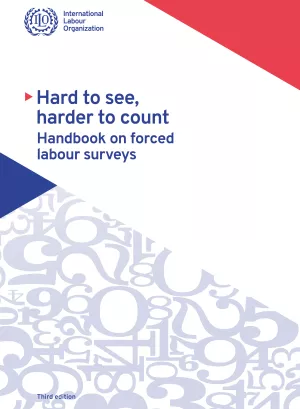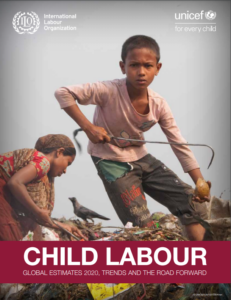Topic
Statistics on employment
Table of Contents
Related pages
See also
Introduction
The importance of employment as a pathway to economic development, social inclusion and well-being has long been recognised. As well as being at the heart of the ILO’s Decent Work Agenda, employment is a central element in the 2030 Agenda for Sustainable Development which places emphasis on promoting productive employment and decent work for all (Goal 8).
In this context, statistics on employment are crucial to monitor progress towards many national and international policy goals. These statistics must not just quantify work and people in employment but also provide meaningful information on the types of jobs people are doing.
The international statistical standards relating to employment have undergone significant changes over time, designed to improve their relevance and depth for policy makers. The most significant of these changes came at the 19th International Conference of Labour Statisticians in 2013 when the international community adopted the first statistical definition of work alongside a forms of work framework. Within the new framework, employment is defined as work performed in return for pay or profit. This is narrower than the scope of the previous definition which included some unpaid activities such as subsistence work.

Data catalogue
| Indicator | Frequency | Database | Subject | Download (with labels) | Download (with codes) | Data explorer |
|---|---|---|---|---|---|---|
| SDG indicator 1.1.1 - Working poverty rate (percentage of employed living below US$2.15 PPP) (%) | Annual | SDG Labour Market Indicators (ILOSDG) | Working poverty | .csv .dta .xlsx | .csv.gz | View |
Methods

Child Labour Statistics (CHILD database)
Concise description of concepts and definitions, uses, sources and limitations for the Child Labour Statistics (CHILD) database.

Hard to see, harder to count: Handbook on forced labour surveys
This revised version of the “Hard to see, harder to count” handbook provides an updated set of tools for the design, implementation and analysis of quantitative surveys on the forced labour of adults.
Analytical publications
Note: Many publications are available only in English. If available in other languages, a new page will open displaying these options.

Child Labour: Global estimates 2020, trends and the road forward
Published for the first time jointly by the ILO and UNICEF, as co-custodians of Target 8.7 of the Sustainable Development Goals, the report takes stock of where we stand in the global effort to end child labour.
